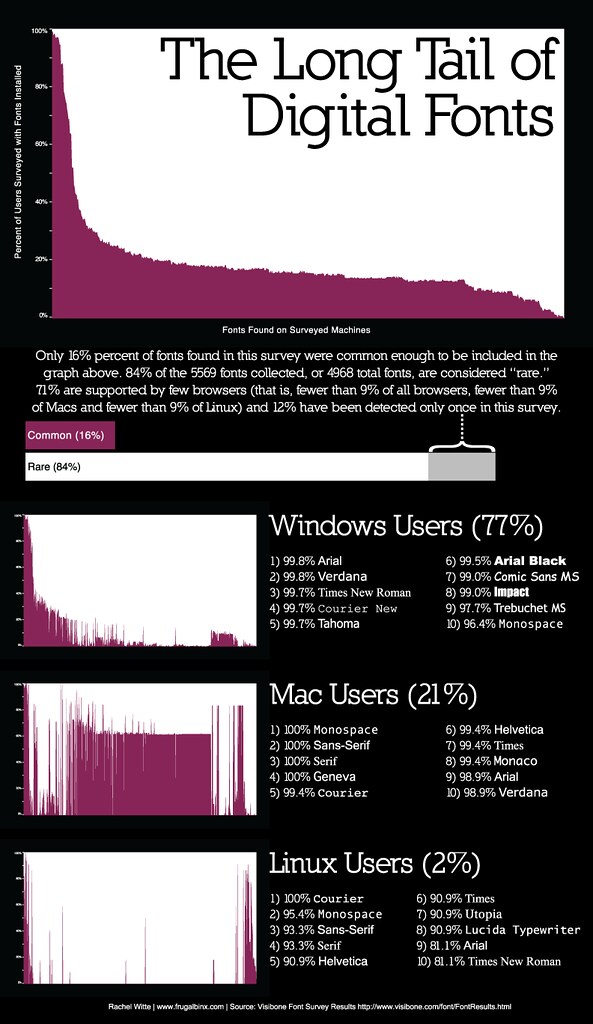Today I read Donald Norman's "The Design of Everyday Things," which investigates the principles of design that make a product intuitive or not to the user. Peppered with anecdotes, the book harps on common ways in which modern design baffles users. Norman presents seven guiding principles of good design:
1) Use both knowledge in the world and knowledge in the head
2) Simplify the structure of tasks
3) Make things visible: bridge the gulfs of Execution and Evaluation
4) Get the mappings right
5) Exploit the power of constraints, both natural and artificial
6) Design for error
7) When all else fails, standardize
Granted, some of these might be confusing to someone who has not read the book, but I suppose that is the whole point of reading it. Anyway, I chose to read this book in order to get a better theoretical understanding of how to design user interfaces, which is a key component of interactive data visualization. While the projects completed within this thesis might not be terribly interactive, it is a field I would like to pursue more in the future.






